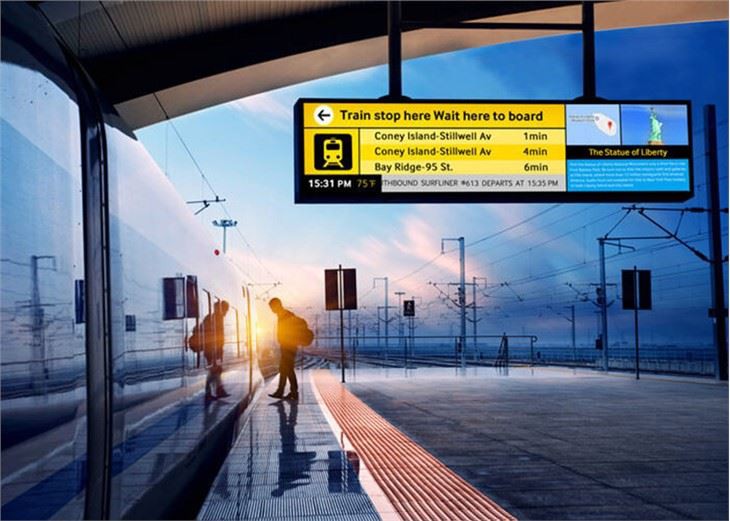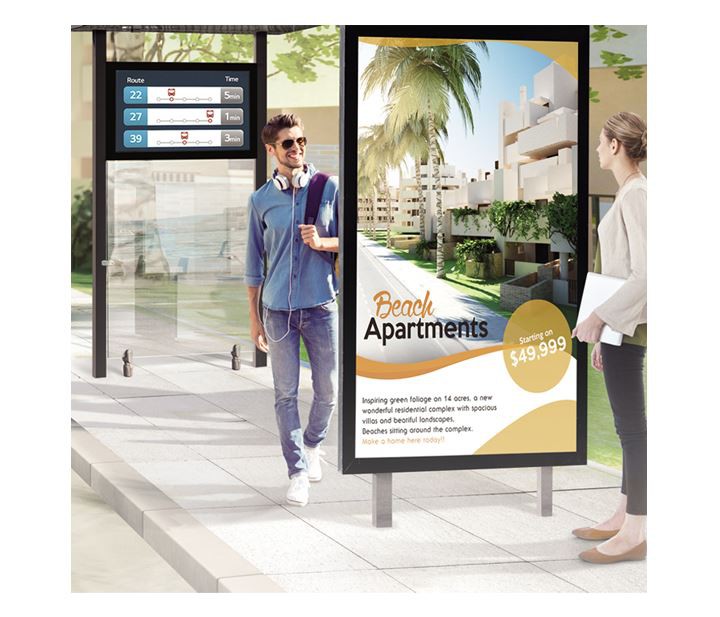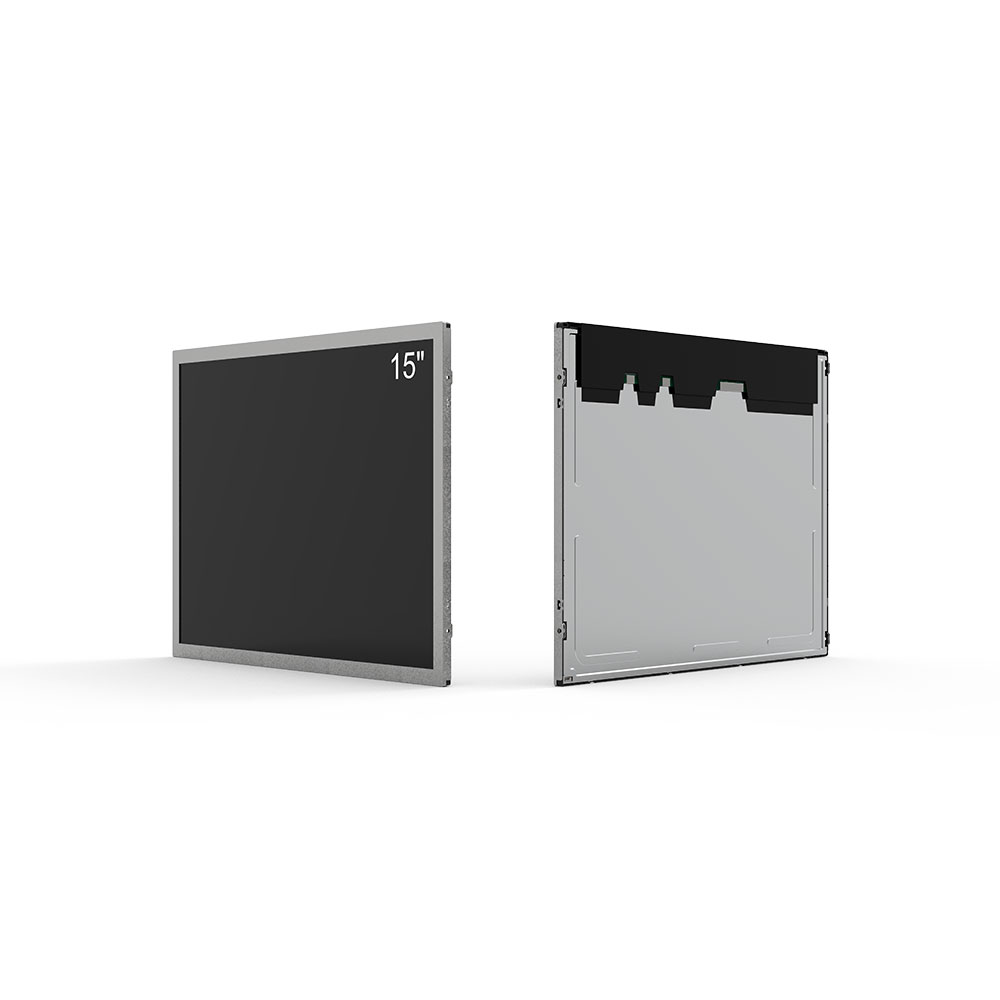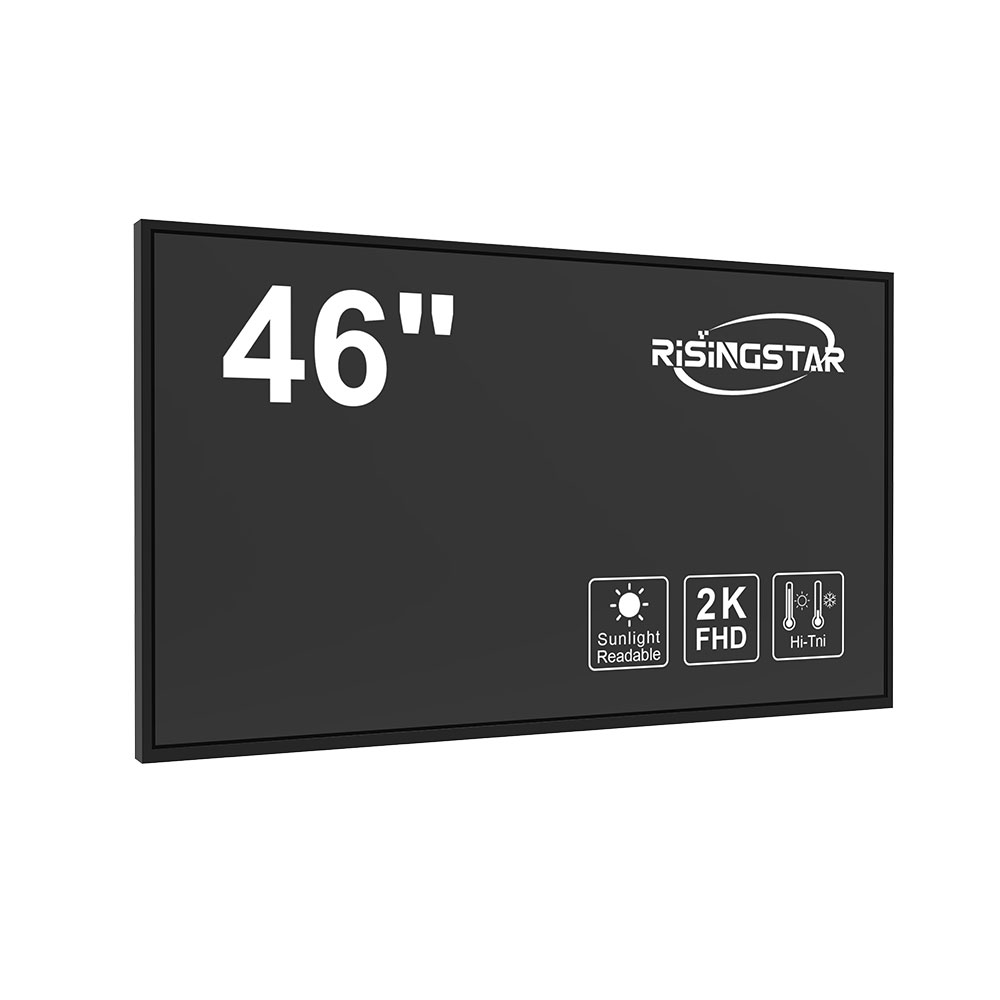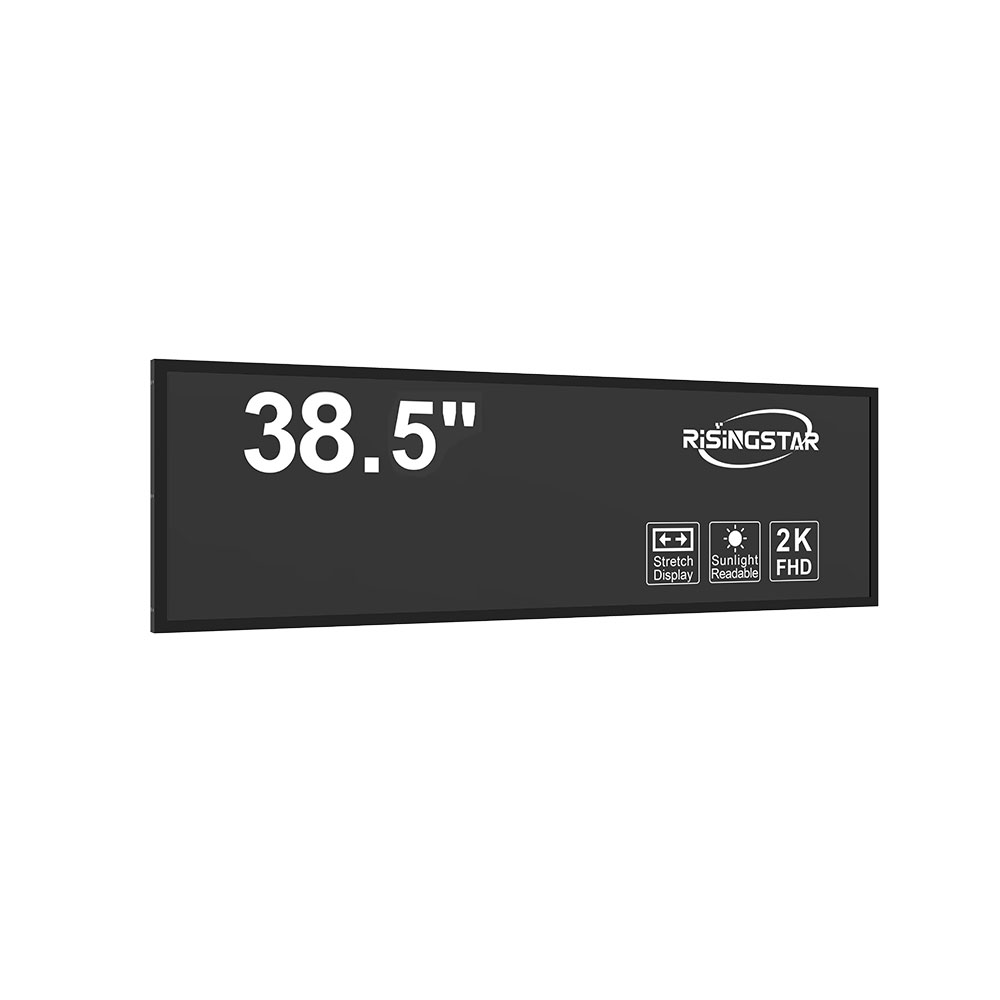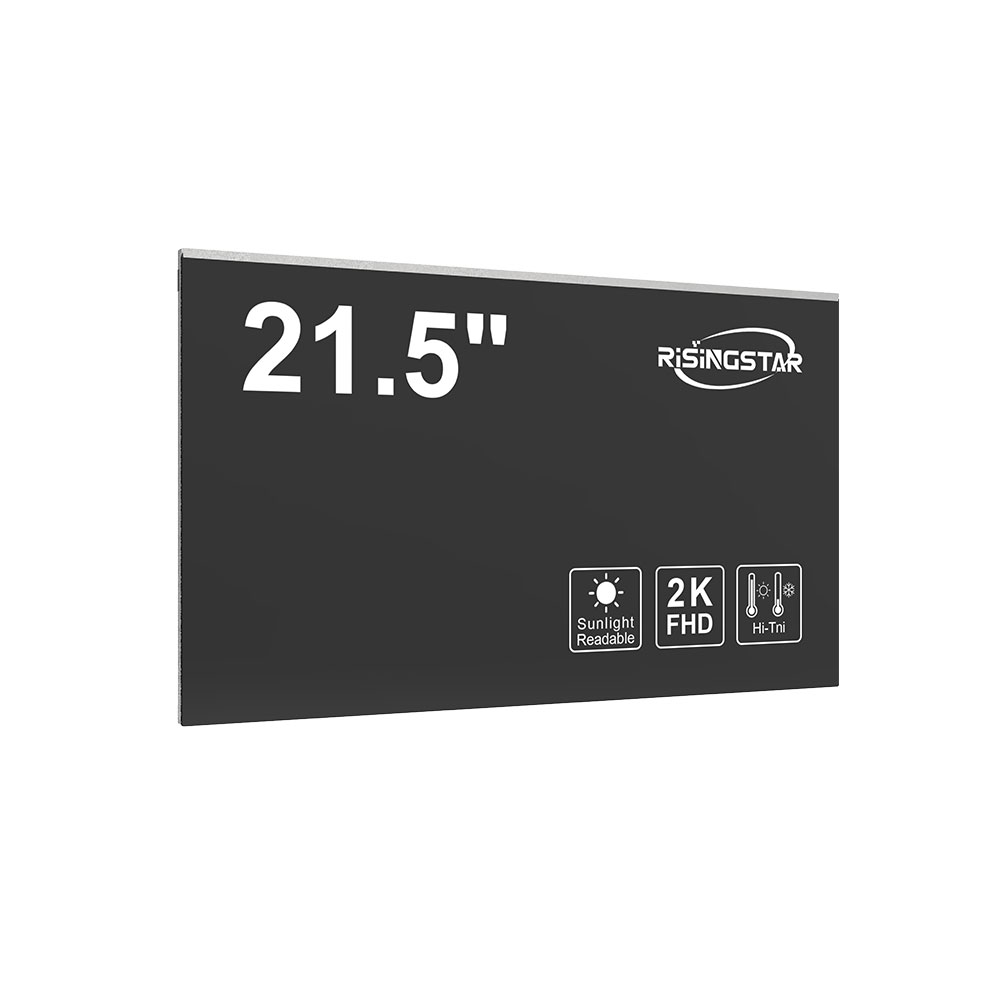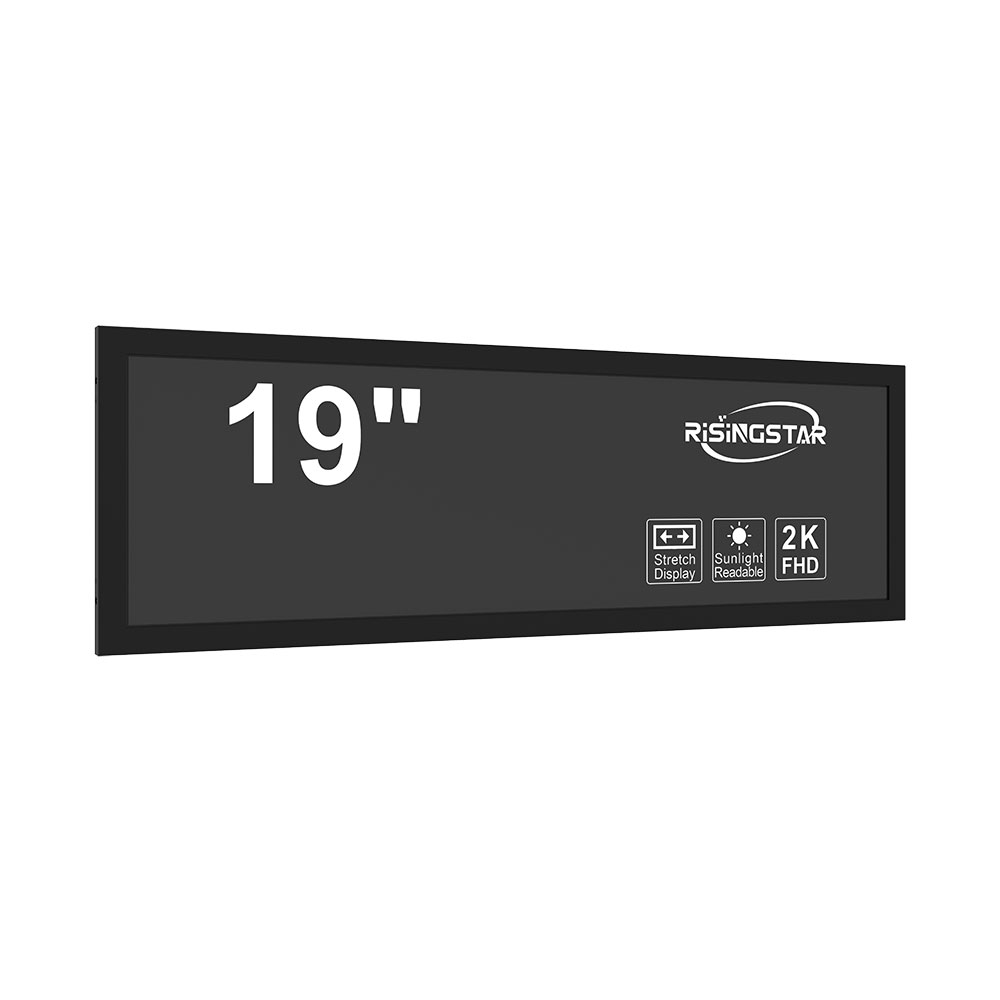In modern urban environments, the integration of advanced technology into public transportation systems has become essential for improving operational efficiency, passenger experience, and safety. Among these technologies, outdoor high-brightness LCD passenger information displays (PIDS) have emerged as a critical component in real-time communication between transit authorities and commuters. These displays are not only vital for providing accurate and timely updates on schedules, delays, service disruptions, and route changes—but also serve as dynamic advertising platforms that generate revenue for transit agencies.
The demand for robust, weather-resistant, and highly visible digital signage in outdoor settings is growing rapidly worldwide. According to Statista (2023), the global smart transportation market is projected to exceed $50 billion by 2027, with passenger information systems accounting for over 25% of this growth. This surge is driven by factors such as urbanization, increased mobility needs, and government investments in intelligent transport systems (ITS). In cities like Singapore, London, and Seoul, PIDS have become an integral part of the infrastructure, enhancing both functionality and aesthetics.
Outdoor high-brightness LCDs are engineered to operate under extreme environmental conditions—ranging from -30°C to +60°C—and must withstand UV radiation, humidity, rain, snow, and dust exposure. They typically feature brightness levels of at least 5,000 nits, far exceeding standard indoor displays (which usually max out around 500–1,000 nits). For example, LG’s Outdoor LCD Series offers up to 7,000 nits of brightness, ensuring visibility even under direct sunlight—a key requirement for bus stops, train platforms, and airport terminals. The use of anti-glare coatings, sealed enclosures (IP65 or higher), and thermal management systems ensures long-term reliability and minimal maintenance costs.
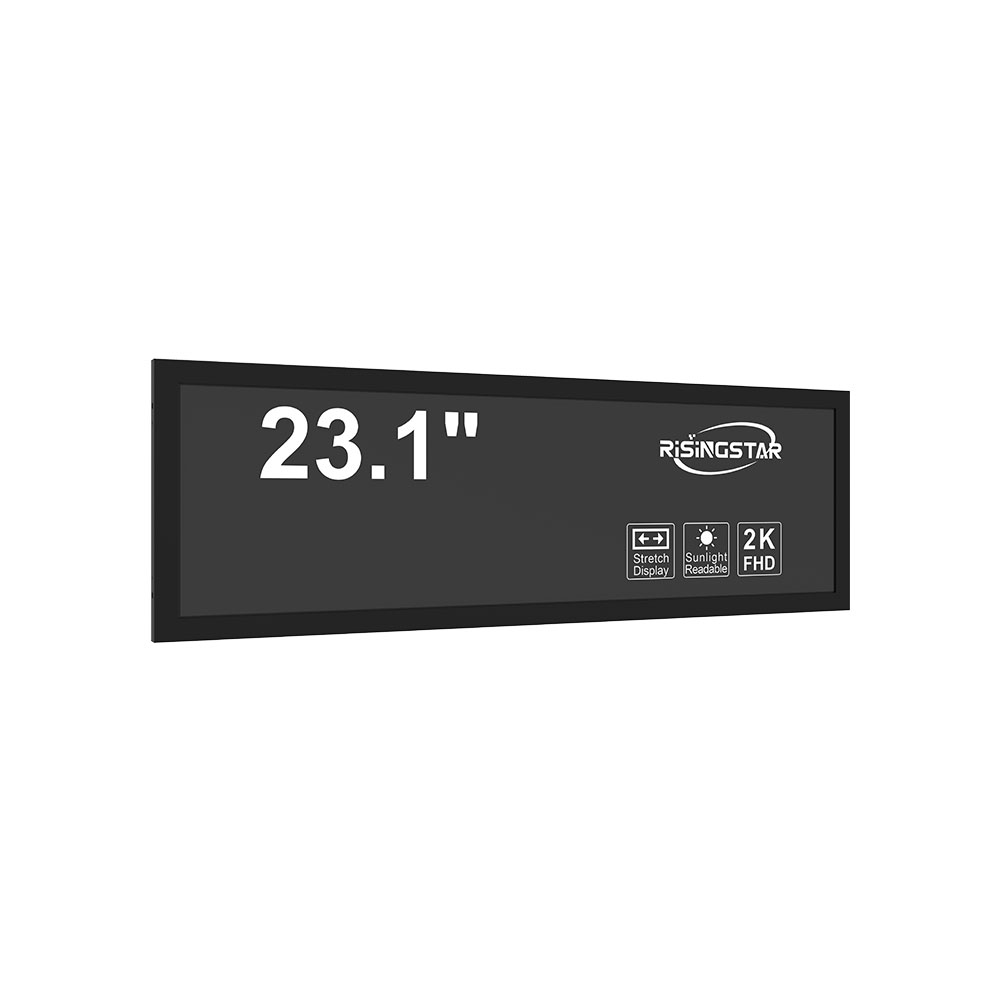
Do ponto de vista técnico, o PIDS geralmente depende de um sistema centralizado de gerenciamento de conteúdo (CMS) que permite atualizações remotas e agendamento de mensagens em vários locais. Plataformas como Cisco Meraki, Samsung Digital Signage e o Viera Connect da Panasonic permitem que os operadores de trânsito façam alertas em tempo real, notificações de emergência e conteúdo promocional por meio de interfaces baseadas em nuvem. A integração com sistemas de rastreamento de frota habilitados por GPS permite a exibição automática dos tempos estimados de chegada (ETAs), reduzindo significativamente a ansiedade e os tempos de espera dos passageiros.
Case studies demonstrate the tangible benefits of deploying PIDS in public transit. In New York City, the Metropolitan Transportation Authority (MTA) installed over 1,500 outdoor LCD screens across subway stations and bus shelters. A follow-up survey conducted by MTA in 2022 revealed a 34% increase in rider satisfaction, particularly among non-native English speakers who benefited from visual cues and multilingual text overlays. Similarly, in Melbourne, Australia, the rollout of high-brightness PIDS at tram stops led to a 28% reduction in missed connections due to improved timeliness awareness.
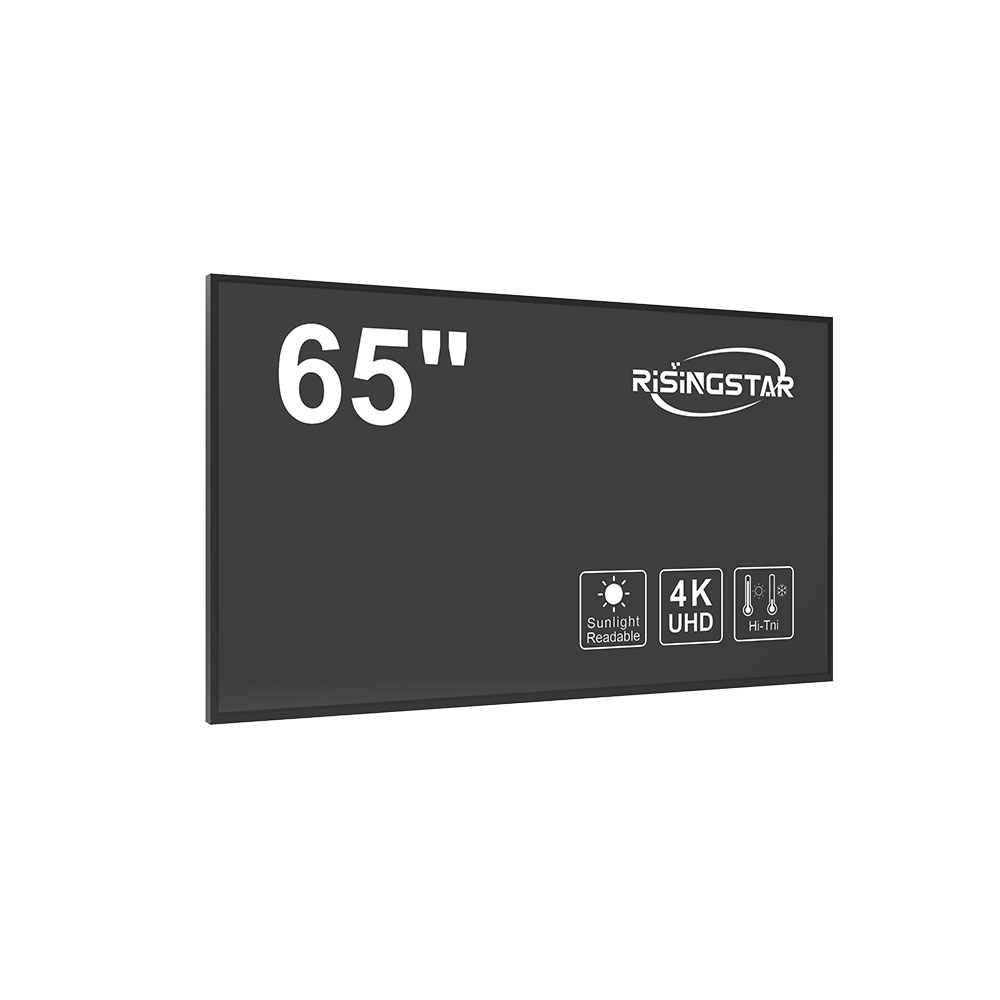
Moreover, these systems contribute to sustainability efforts. Energy-efficient LED-backlit LCD panels consume up to 40% less power than older CCFL-based models, aligning with global carbon neutrality goals. Some manufacturers, such as Sharp and NEC, offer PIDS solutions with built-in motion sensors and adaptive brightness control, which further reduce energy consumption during low-traffic periods. For instance, a pilot project in Barcelona used smart lighting algorithms that dimmed displays after midnight, saving approximately 15 kWh per unit per day.
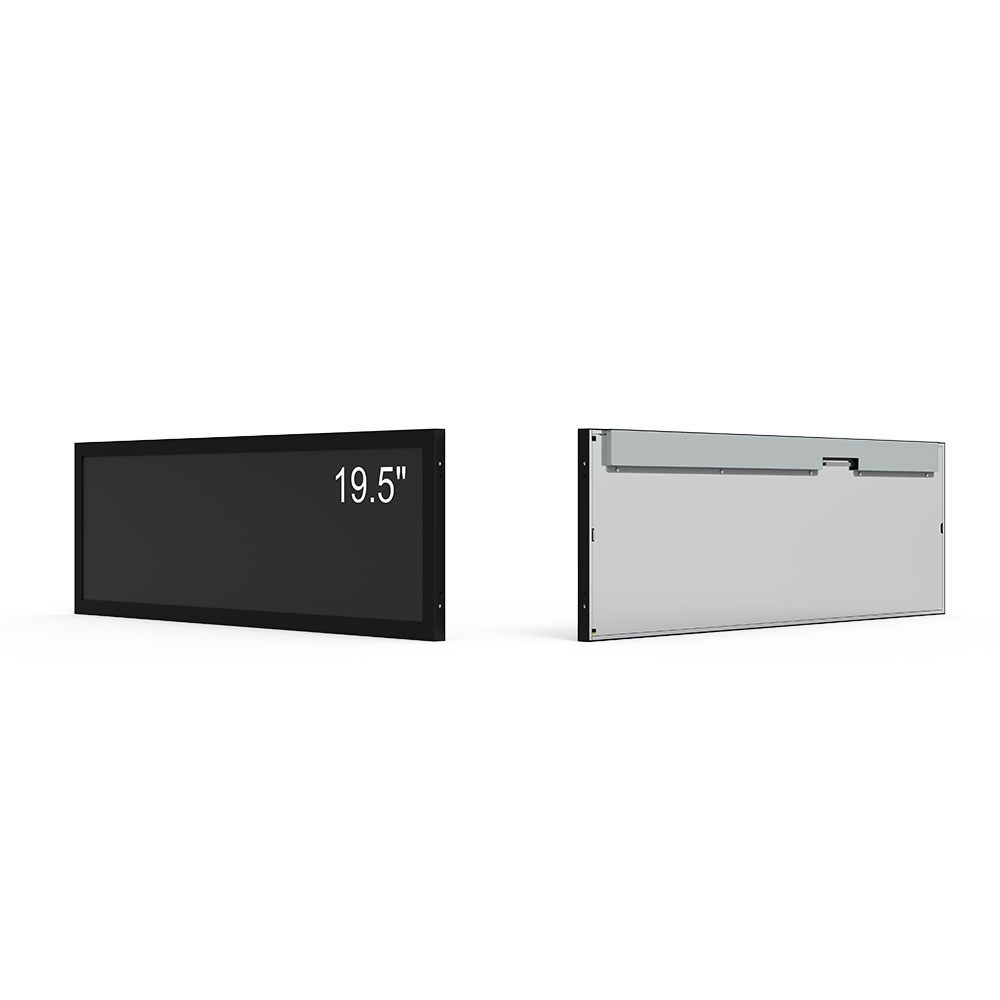
Security and redundancy are also paramount considerations. PIDS must be designed with fail-safe mechanisms, including dual power supplies, local caching capabilities, and encrypted data transmission protocols. In case of network failure, the display should continue to show pre-loaded content or fall back to a basic status screen. This resilience is especially crucial during natural disasters or cyberattacks—a concern highlighted by the European Union Agency for Cybersecurity (ENISA) in its 2022 guidelines on critical infrastructure protection.
Another emerging trend is the convergence of PIDS with AI-driven analytics. Smart displays equipped with computer vision can detect crowd density, monitor passenger flow, and identify potential security threats. For example, Tokyo Metro’s pilot program uses facial recognition technology integrated with PIDS to provide personalized travel recommendations based on user preferences and historical behavior. While privacy concerns remain, strict adherence to GDPR and local regulations ensures ethical deployment.
Finally, future-proofing is key. As 5G networks expand globally, PIDS will benefit from faster data transfer speeds, enabling richer multimedia content such as live video feeds, interactive maps, and augmented reality experiences. Cities like Dubai and Helsinki are already testing 5G-connected displays that allow passengers to scan QR codes directly from the screen to access ticketing apps or nearby amenities.
In conclusion, outdoor high-brightness LCD passenger information displays represent more than just digital signage—they are strategic tools for creating smarter, safer, and more inclusive transit ecosystems. By leveraging cutting-edge hardware, robust software architecture, and forward-looking design principles, transit authorities can transform static waiting areas into engaging, informative hubs that elevate the entire commuting experience.






